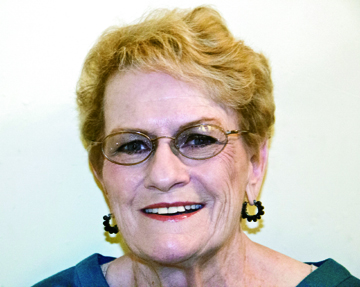Former Denver City Council President Cathy Donohue:
by Cathy Donohue
I have witnessed or was a part of Denver’s political scene, especially the Denver City Council, for over 40 years. Along the way many neighbors, friends and curiosity seekers have asked me how long zoning decisions in the City and County of Denver have been less than above board and whether it is worse today than in the past.
For the past several months the Glendale Cherry Creek Chronicle has been publishing in-depth articles about the manner in which land use decisions are made by some members of council.
The articles have prompted me to tell the citizens what “really” happens before and after the final votes are taken. I believe that Denver citizens need to know the truth from someone who was present when the decision was made and is still able to tell this story.
First it should be acknowledged that the Denver government has a long history of shady characters. By way of example Denver’s 20th mayor, Wolfe Londoner, won the office by 77 votes in 1889, thanks to friends stuffing the ballot box and having operatives, including legendary lawman Bat Masterson and con man “Soapy” Smith, exchanging votes at bars for drinks. In turn Londoner, with the help of the City Council, rewarded saloon owners by ignoring the local zoning laws and residential ordinances on where new drinking establishments could be located as well as reducing fees and cost of licenses for saloon owners. There is still a tunnel under Bannock street that allows people to cross over to the Carnegie Library. It was used to take money to city politicians before the rules of campaign contribution disclosure were established.
Londoner’s level of corruption was so extreme that the courts removed him from office. He later became the President of the Colorado State Press Association. If you substitute today’s “real estate developers” for “saloon owners” and “campaign contributions” for “drinks” you can see that over the years not much has really changed regarding zoning decisio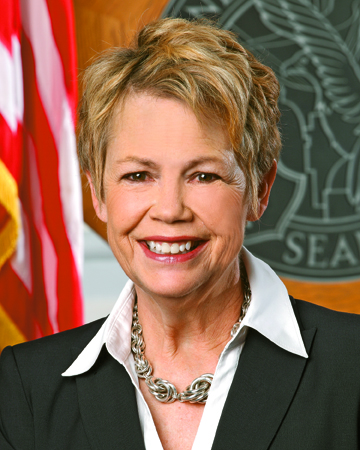 ns in Denver.
ns in Denver.
The Rise Of “Courtesy Zoning”
When I was elected to City Council in 1975, I was joined by two other new councilmembers, Sal Carpio and Sam Sandos (think new Denver City Council members Rafael Espinoza, Paul Kashmann and Wayne New from the 2015 Denver municipal election). The three newcomers did not come from the ranks of “party” politics or any other of the usual paths into elective office. We were “unknown” to the Denver political establishment and we did not receive the normal campaign contributions from Denver’s development community. The entire cost of my 1975 election was $3,000. My opponent spent $4,000 — quite a change from today’s campaigns where office seekers spend $100,000 to be elected to the Denver City Council.
In 1975, Sal, Sam and I were shocked to find out after several months in office that we were powerless to represent those who elected us to office regarding rezoning of private property and parkland. Seven council members (out of a total of 13) had formed a cabal and agreed to vote in lockstep with each other and as their developer co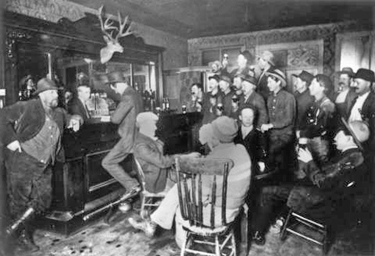 ntributors wanted.
ntributors wanted.
Elvin Caldwell, the leader of the 7-vote cabal that worked for the development community, resigned from council because Mayor McNichols appointed him to be the Manager of Safety. His replacement, King Trimble, was not cut from the same cloth as Mr. Caldwell, and voted with the newcomers. As the Caldwell-led coalition shrunk, we devised a new system to challenge the cabal.
The new system allowed each councilmember to decide what would be appropriate in his or her district and the other councilmembers would respect that decision and “not mess in another councilperson’s district.” (These were the words used at the time).
For more than 20 years beginning in 1975, this system worke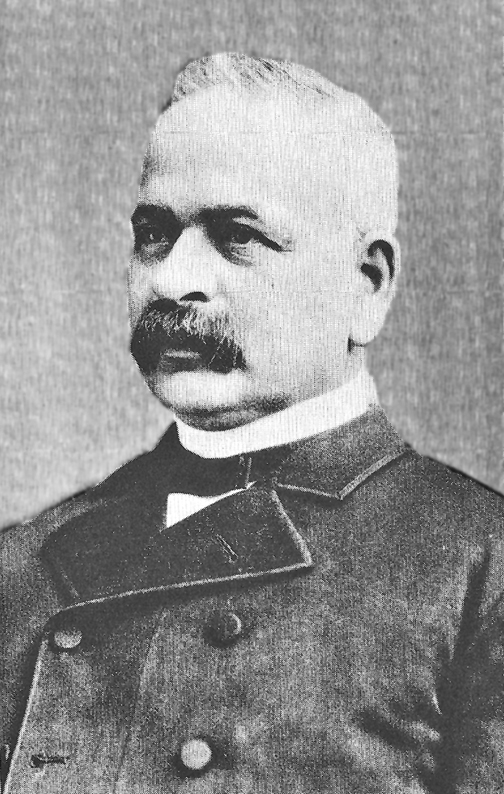 d. We did not have developer-controlled zoning. Land use in parks and private property was under the control of the council person of each district. After 2003, the development community gradually found seven politicians who would accept their contributions. There are now seven Council votes that will put the developers back into their old position of power over council members. They have reverted back to the pre-1975 system.
d. We did not have developer-controlled zoning. Land use in parks and private property was under the control of the council person of each district. After 2003, the development community gradually found seven politicians who would accept their contributions. There are now seven Council votes that will put the developers back into their old position of power over council members. They have reverted back to the pre-1975 system.
Long after Sam, Sal and I left council, someone decided to give a name to the phenomenon. They called it “Courtesy Zoning.” Sal Carpio, Sam Sandos or I never heard the words “Courtesy Zoning” until long after we left elective office. In those districts in which the developers gave lots of campaign contributions, they controlled the city council person in question. The voters in each district know which councilmember is responsible for any questionable rezoning or “Parks” decisions. The voters can put pressure on their representatives if they vote irresponsibly, or they can find a replacement.
The Effect Of Term Limits
In 2003, 12-year term limits were imposed by the voters on all of 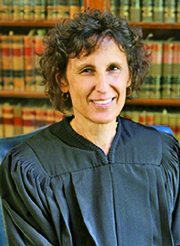 Colorado’s elected officials. While term limits can have salubrious effects, in Denver the law of unintended consequences occurred.
Colorado’s elected officials. While term limits can have salubrious effects, in Denver the law of unintended consequences occurred.
It was an opening that developers and elected officials could exploit. Anyone considering running for Denver City Council simply waits until an existing member becomes term limited instead of going through the hassle of challenging an incumbent. Once elected, a councilmember, barring extraordinary circumstances, does not have to worry about being re-elected until the term limit has been served. Thus, maximum density developers only have to invest heavily in the first term-limited campaign and keep the contributions flowing for the two remaining terms. It usually takes only one election cycle (and quite a few campaign dollars) for developers to regain control of a councilmember.
After 2003, a dramatic and unfortunate reversal began. Slowly, but surely, Councilmembers began to vote against their constituents’ wishes and ultimately the 20-year hiatus from the developers’ hold on councilmembers ended.
Councilwoman Marcia Johnson was the first member to reverse the historical purpose of Courtesy Zoning by voting “yes” on a controversial zoning in her District called Lowry Vista.
Councilwoman Johnson represents District 5. She ignored 87 percent of the residents who opposed the rezoning from open space to high density mixed use. The land had once been used as a waste dump for all the toxic materials generated at Lowry Air Force Base. Quite naturally, Johnson’s constituents worried about contamination, but Johnson simply paid no attention to their pleas. Fortunately, the rezoning is being re-heard in the courts and no one has shown an interest in buying this highly toxic piece of land.
The City Council hearing on the Lowry Vista matter lasted until 2 a.m. Windsor Gardens, whose residents had previously supported the rezoning application, sent a representative to the hearing at midnight to tell Johnson they had rescinded their support from “yes” to a unanimous “no.”
Instead of voting as her constituents requested, Johnson voted with the developers and their lobbyists. In doing so she betrayed the voters. Repercussions followed. When she attended meetings in her district, she was met by angry voters. She decided to hold an “Ice Cream Social” to re-establish herself. Her constituents stayed away. A short time later she announced she would not seek her third term so that she could spend time with her family. Johnson is the only City Council member that has abandoned the 12-year term which began in 2003. Johnson was succeeded as the council member from District 5 by Mary Beth Susman, who promised she would listen to and respect the opinions of her constituents.
Parks In The Crosshairs
Several years ago Denver City Council gave up its right to control Denver parks to the Mayor’s office. It was a strange decision, since under Denver’s “strong mayor” form of government the City Council historically has been envious of the powers of the Administration. Soon, the mayor and his developer friends began looking to Denver’s parks as a source of revenue and development.
The Administration began looking for parkland and open space that had perhaps, by accident, not been designated as a park by an ordinance passed by Council. They found a portion of Hentzell Park that had inadvertently failed to be officially designated as a park. Mayor Hancock quickly prepared to exchange the land for a downtown office building owned by Denver Public Schools. Despite adamant neighborhood opposition Councilwoman Peggy Lehman, who was also term limited, voted “Yes” on removing this land from the parks system. The rest of the Council supported her as if it were a “Courtesy” matter. It should be noted that zoning matters concern “privately owned” land and are requested by the owner. Parks belong to the citizens of Denver. Peggy Lehman’s duties did not include the removal of any parks from the citizens who own them without their approval. She should not have been the “decider” in the matter of publicly owned parkland.
We should also question the wisdom of any public body that believes it is good government policy to put a public school in that part of Hentzell Park that is in a flood plain. Council members then extended the “Courtesy” vote to parkland — a new addition that clearly violates Denver’s charter.
The Death Of “Courtesy Zoning”
By the time the 2015 municipal election took place, neighborhood groups and private citizens throughout the city demanded that all candidates for City Council pledge to abandon “courtesy zoning.” The “Johnson” reversal of Courtesy Zoning left a very bad taste in the mouths of the citizens. Most politicians took the pledge. Voters did not want “courtesy” to ever be used as Johnson had done at Lowry Vista, or as Lehman did with Hentzell Park.
Little did we know that maximum density developers and their minions had figured out a way to pervert the vote of council. When a maximum density developer wanted to rezone the Mt. Gilead Church property on Crestmoor Park he assumed he knew just how to accomplish his mission. Although Susman thought the matter was settled, this rezoning also had to be settled by the courts.
Johnson’s replacement on City Council, Mary Beth Susman, had seen what happened to her predecessor when the vast number of her constituents opposed her vote on the Lowry Vista rezoning. The Mt. Gilead Church property on Crestmoor Park had an equal if not more fierce neighborhood opposition. Susman in fact voted “No” on the rezoning but she let her colleagues know it was just a phony “show” vote. The Council as a whole voted “Yes” to the rezoning. “Courtesy voting” was not honored. Several Denver councilmembers even mocked neighborhood groups at the hearing telling them that, “You wanted us to get rid of ‘courtesy zoning’ and you have been granted your wish.” The councilmembers knew that “courtesy zoning” was a great gift to the citizens, not to the maximum density developers.
Call To Action
Today, voting patterns have come full circle. We have returned to the place we were prior to 1975 — seven votes solidly in the pockets of the Mayor Michael Hancock and the maximum density crowd. Fortunately, the voters elected four new councilmembers last spring that are not controlled by the pro-maximum density crowd –- Rafael Espinoza, Kevin Flynn, Paul Kashmann and Wayne New. They vote their consciences. Two veterans, Debbie Ortega and Paul Lopez, often join them.
Seven other councilmembers, the Denver Community Planning Development Agency under Brad Buchanan, and Mayor Hancock promote bad land use decisions. As demonstrated by the revolting conduct of the infamous “Pro Corruption” Denver District Court Judge Shelly I. Gilman in the Crestmoor Park case, the local court system in Denver may well be as venal as the majority of the members of the Denver City Council. The Denver courts apparently refuse to pretend to be neutral arbiters of disputes between the citizenry and their municipal government and cannot be trusted, based on the judges’ rulings on Crestmoor and Hentzell Park.
Thus, as Denver continues to grow, we need to shine a bright light on the voting of our city’s politicians. We need a “performance audit” to track the land use voting records of Council. The Auditor, the Mayor and the City Council should not be forced to use the same attorneys, as is the rule according to Denver’s Charter. It is morally reprehensible to use the same attorney to represent opposing sides of an issue. At least the Council and the Auditor should have separate legal representation. In the city of Denver, the Mayor is the only elected official with proper legal representation. A number of times in the past, Council has hired its own legal representation.
Applications for rezoning property are believed to make land more valuable — at least that is the common understanding. Private property bordering a city park is even more valuable. Denver citizens need to be made fully aware of the outcome of all “Courtesy” voting, whether it is for zoning changes or loss of land in city parks. If the way in which our city politicians perform their duties does not pass the smell test, we need to replace them and those parts of the city’s constitution that permit this behavior.
Neither do we have to wait 12 years to replace a politician who has sold his or her vote to the highest bidder. Even replacing one council member at a time will cause the others to shiver and quake. They may even begin to care about Denver. We owe it to our children and grandchildren to try to keep our city safe and livable for the future. Council is currently approving highly questionable decisions.

